Japan is a place where tradition and modernity coexist peacefully. Among its many riches, the country’s ancient shrines and temples serve as emblems of its rich cultural and spiritual history. These hallowed locations are a must-see for anybody interested in Japanese history, spirituality, and architecture. Here are the top ten traditional shrines and temples to visit in Japan.

Fushimi Inari Taisha (Kyoto)
Fushimi Inari Taisha is one of Japan’s most recognisable shrines, known for its thousands of crimson torii gates that snake up the mountain pathways. Dedicated to Inari, the Shinto god of rice and agriculture, the shrine draws both pilgrims and tourists. The trail winding through the torii gates is a captivating excursion that provides a calm retreat into nature as well as an insight into Japan’s spiritual realm.
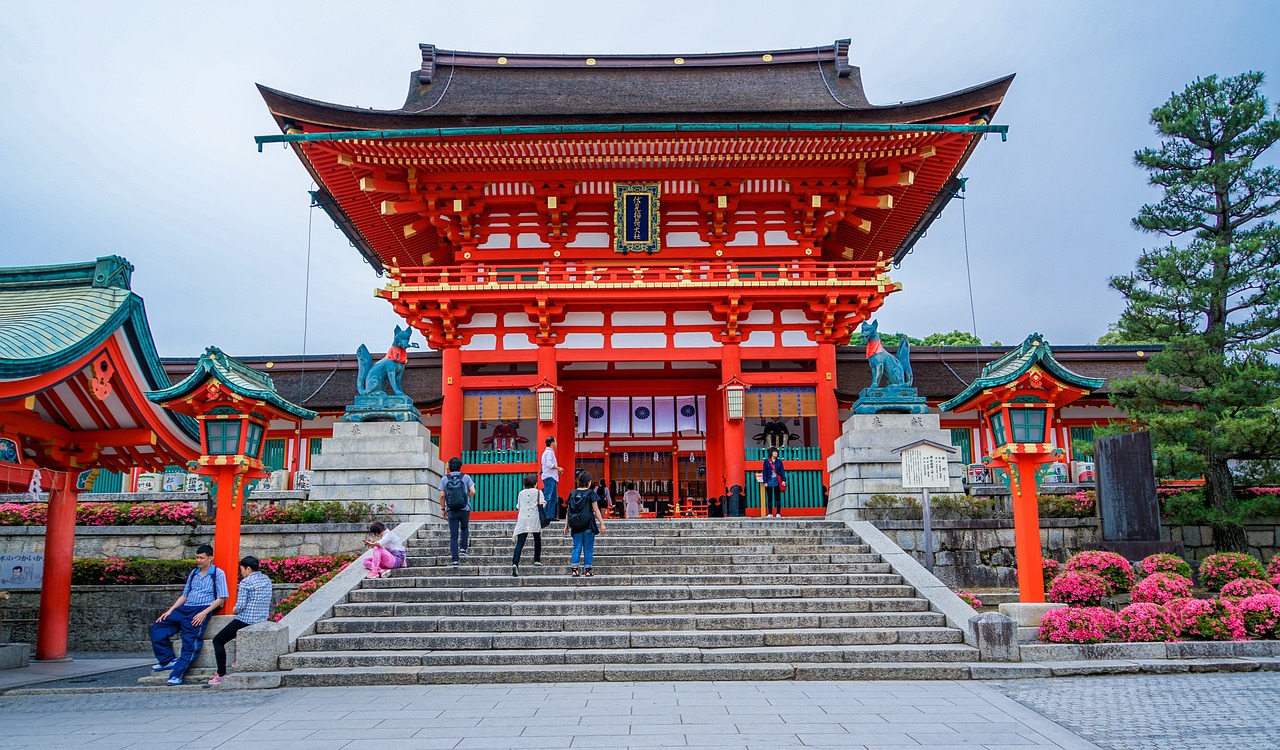
Kinkaku-ji (Kyoto)
Kinkaku-ji, also known as the Golden Pavilion, is a Zen Buddhist temple whose gold-leafed facade dazzles visitors. The temple, set within a peaceful pond and well maintained grounds, represents Kyoto’s splendour. The temple’s reflection in the pond is breathtaking, especially in autumn when the surrounding trees are ablaze with colour.
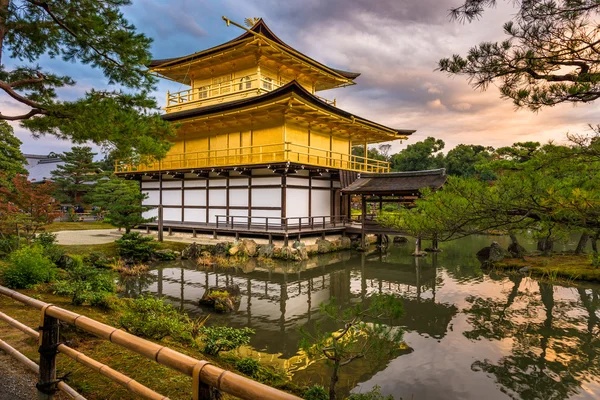
Meiji Shrine (Tokyo)
Meiji Shrine, located in a wide woodland region in the middle of Tokyo, is a Shinto shrine dedicated to Emperor Meiji and Empress Shoken. The shrine’s serene aura contrasts with the bustling city that surrounds it. Visitors can attend traditional Shinto weddings, partake in rites, and tour the tranquil grounds. It’s an ideal getaway for anyone seeking spiritual solace in the city.
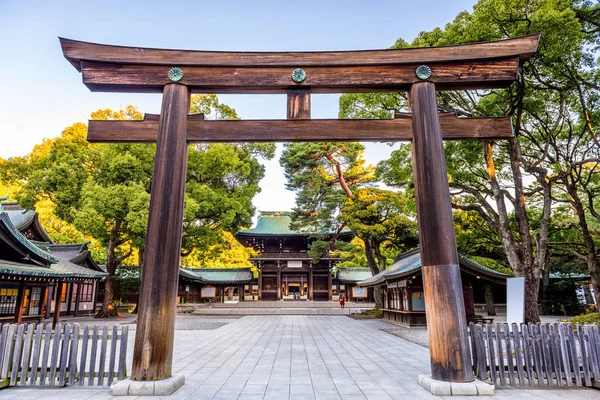
Senso-ji (Tokyo)
Senso-ji, located in Tokyo’s Asakusa neighbourhood, is one of the city’s oldest and most popular temples. The temple is devoted to Kannon, the Buddhist deity of kindness. The approach to the temple, Nakamise Street, is lined with businesses selling traditional snacks and gifts. The temple’s massive Thunder Gate and five-story pagoda are iconic representations of Tokyo’s historical and cultural fabric.
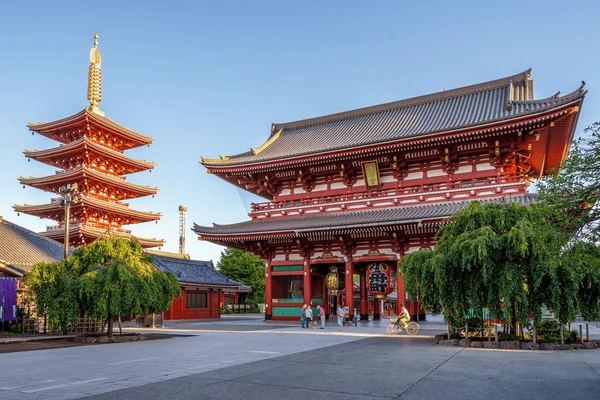
Todaiji Temple (Nara)
Todaiji Temple in Nara houses the world’s largest bronze statue of the Buddha Vairocana, known as Daibutsu. The temple is an architectural marvel, with the Great Buddha Hall being the world’s largest wooden structure. Todaiji, surrounded by Nara Park with deer roaming freely, provides a one-of-a-kind blend of spirituality and natural beauty. It is a UNESCO World Heritage Site and a testimony to Japan’s Buddhist heritage.
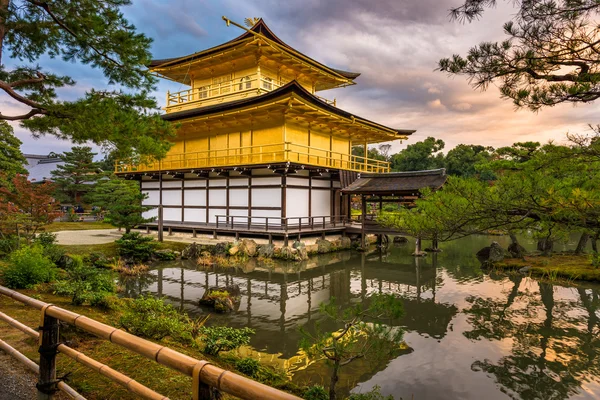
Itsukushima Shrine (Miyajima)
Famed for its floating torii gate, Itsukushima Shrine on Miyajima Island is one of Japan’s most scenic and photographed sites. The shrine is dedicated to the Shinto deities of sea and storms and is built over water, creating the illusion that it floats during high tide. The island itself is considered sacred, and the shrine’s integration with nature embodies the Shinto belief in the sacredness of natural elements.
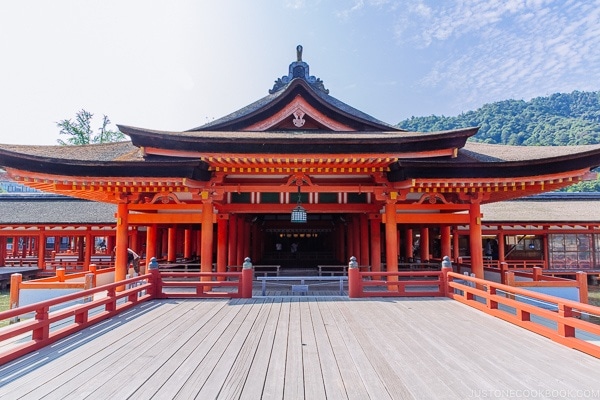
Ryoan-ji (Kyoto)
Ryoan-ji is a Zen temple in Kyoto known for its cryptic rock garden, which is regarded as one of the best instances of kare-sansui (dry landscape) gardening. The garden’s basic arrangement of 15 rocks and white gravel encourages contemplation and has sparked considerable debate and interpretation. The temple’s quiet atmosphere and basic design make it ideal for meditation and thought.
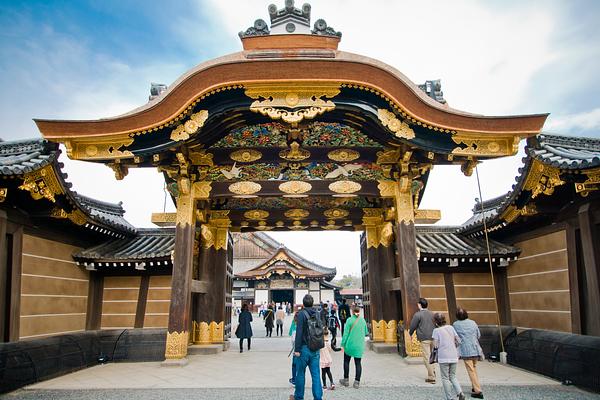
Toshogu Shrine (Nikko)
Toshogu Shrine in Nikko is a magnificently built Shinto shrine dedicated to Tokugawa Ieyasu, the founder of the Tokugawa Shogunate. Toshogu stands out from other Shinto shrines with its elaborate carvings, gold leaf, and vibrant colours. The temple complex is located in a deep woodland, and its intricate construction represents the strength and cultural refinement of the Edo period.
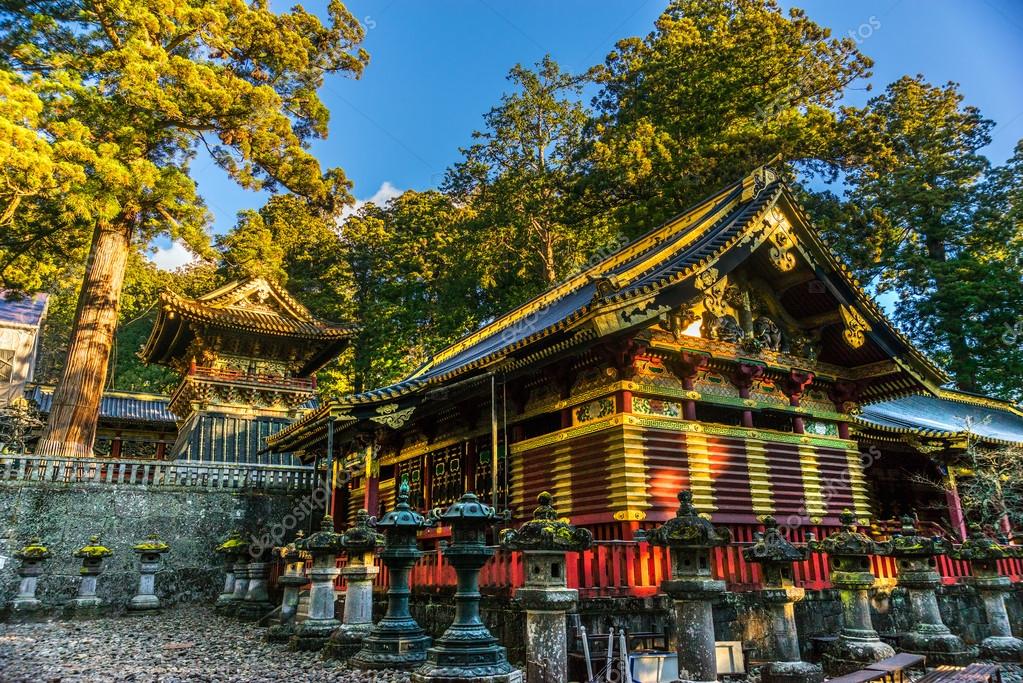
Kiyomizu-dera (Kyoto)
Kiyomizu-dera, or “Pure Water Temple,” is one of Kyoto’s most famous temples. Perched on a mountain overlooking the city, the temple is notable for its wooden stage that protrudes from the main hall, providing stunning vistas, particularly during cherry blossom season and autumn. The temple is devoted to Kannon, the goddess of mercy, and takes its name from the Otowa Waterfall, which runs beneath the main hall.
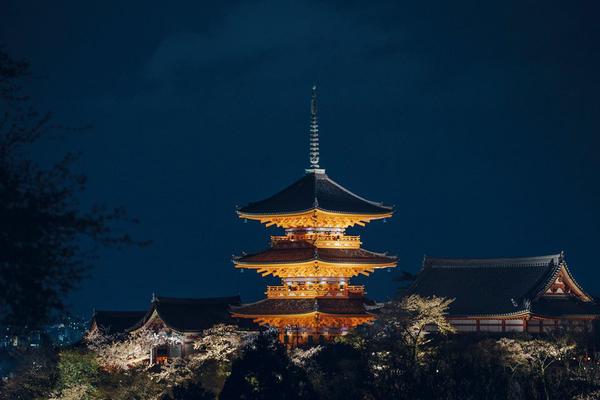
Ise Grand Shrine (Ise)
Ise Grand temple, also known as Ise Jingu, is the most revered Shinto temple in Japan. The shrine, dedicated to Amaterasu, the sun goddess and mythological progenitor of the Japanese Imperial line, is rebuilt every 20 years in accordance with Shinto beliefs in the cycle of death and renewal. The temple complex, set in a tranquil forest, serves as Japan’s spiritual centre and a pilgrimage site for the Japanese people.
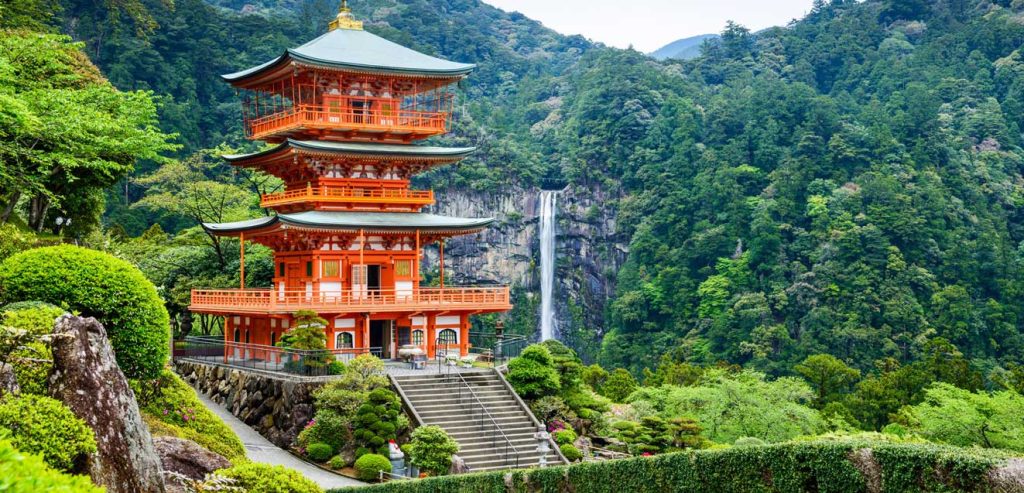
Japan’s traditional shrines and temples provide a distinct perspective on the country’s spiritual and cultural legacy. Each location has its unique meaning, whether through architecture, natural surroundings, or religious significance. Visiting these shrines and temples allows you to not only experience Japan’s history, but also to ponder and gain a better knowledge of the Japanese way of life. Whether you’re drawn to the mystery of Shintoism or the serenity of Zen Buddhism, these hallowed locations offer an extraordinary journey into Japan’s soul.





